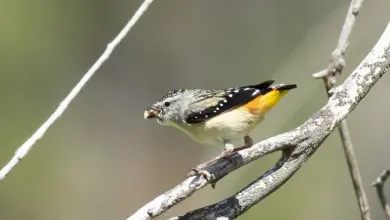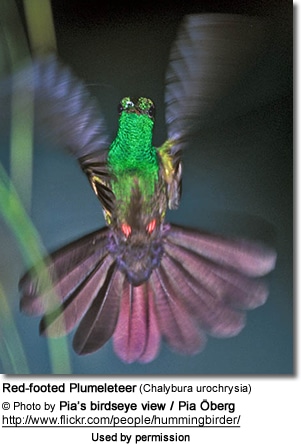Spindalis
Spindalis is a genus consisting of 4 non-migratory bird species. The genus is considered endemic to the Greater Antilles; a population on Cozumel Island, off the Yucatan Peninsula’s east coast, is part of that island’s West Indian fauna.
Traditionally considered aberrant tanagers (Thraupidae), their true affiliation remains unresolved. They are not part of the Thraupidae, however.
Description
Spindali males are characterized by bright plumage while females are duller and have a different coloration.
Nesting / Breeding
The nests of Spindali are cup-shaped.
Sub-species / Taxonomy:
- Western Spindalis, Spindali zena
- Puerto Rican Spindalis, Spindali portoricensis
- Hispaniolan Spindalis, Spindali dominicensis
- Jamaican Spindalis, Spindali nigricephala
Historically, the genus consisted of a single polytypic species, Spindalis zena, with eight recognized subspecies:
S. z. townsendi and S. z. zena from the Bahamas
S. z. pretrei from Cuba
S. z. salvini from Grand Cayman
S. z. dominicensis from Hispaniola and Gonave Island
S. z. portoricensis from Puerto Rico
S. z. nigreciphala from Jamaica, and
S. z. benedicti from Cozumel Island.
In 1997, based primarily on morphological and vocalization differences, three of the subspecies (portoricensis, dominicensis and nigricephala) were elevated to species status. S. Zena remained a polytypic species with five recognized subspecies—S. z. pretrei, S. z. salvini, S. z. benedicti, S. z. townsendi, and S. z. zena.
References
- O. H. Garrildo, K. C. Parkes, G. B. Reynard, A. Kirkcornell, and R. Sutton (December 1997). “Taxonomy of the Stripe-Headed Tanager, genus Spindalis (Aves:Thraupidae) of the West Indies” (djvu). The Wilson Bulletin 109 (4): 561–594.




